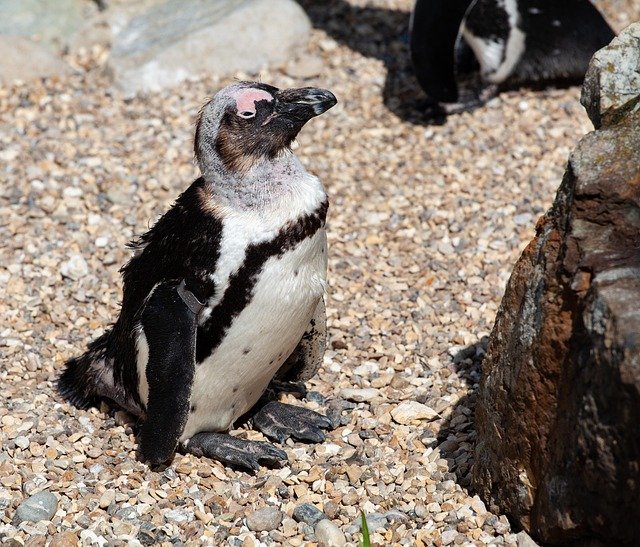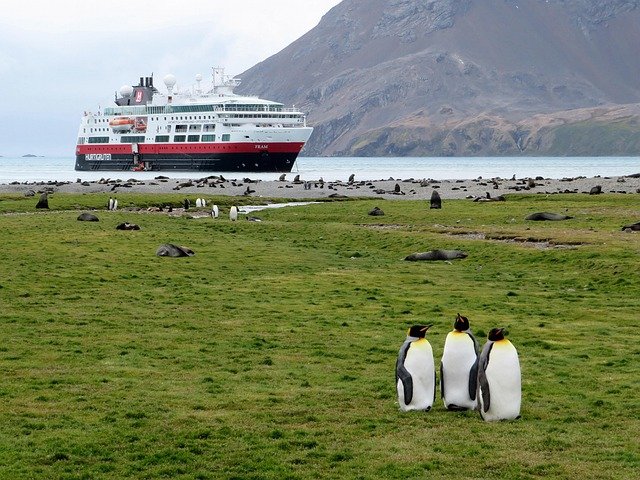**Topic: "The Social Dynamics of Penguin Colonies: How Communication Shapes Their Community"** In

The Social Dynamics of Penguin Colonies: How Communication Shapes Their Community
Penguins are fascinating creatures that have captured the hearts of many with their unique appearance and social behaviors. Living in large colonies, these flightless birds exhibit complex social dynamics that are crucial for their survival. One of the most intriguing aspects of their social structure is how communication plays a pivotal role in shaping their communities.
The Importance of Communication in Penguin Colonies
Penguins rely on a variety of vocalizations and body language to communicate with one another. These forms of communication are essential for several reasons:
1. Mating and Pair Bonding
During the breeding season, male penguins often engage in elaborate vocal displays to attract females. Each species has its own distinct calls, and these vocalizations help individuals identify potential mates. Once a pair has formed, they often engage in mutual preening and synchronized movements to strengthen their bond.
2. Parenting and Chick Rearing
After mating, penguin parents take turns incubating their eggs and feeding their chicks. Communication between partners is crucial during this period. For instance, when one parent returns from foraging, they often call out to their mate and chicks to locate them amidst the bustling colony. The chicks also have specific calls that signal their hunger, prompting parents to respond quickly.
3. Colony Defense and Alarm Calls
Penguins live in densely populated colonies, which can attract predators. To protect themselves, they have developed alarm calls that alert others to potential threats. These calls can vary in intensity and are crucial for maintaining the safety of the colony.
4. Social Hierarchy and Conflict Resolution
Within penguin colonies, social hierarchies can emerge, often based on age, size, and breeding success. Communication plays a key role in establishing and maintaining these hierarchies. Aggressive vocalizations and displays can help resolve conflicts without physical confrontation, allowing for a more stable community dynamic.
The Role of Body Language
In addition to vocalizations, body language is also a significant component of penguin communication. From head bobbing to flipper waving, these non-verbal cues can convey a range of messages, including submission, aggression, or courtship. Understanding these signals is vital for maintaining social cohesion within the colony.
The Impact of Environmental Changes
As climate change and human activities increasingly impact penguin habitats, the social dynamics of these colonies may also be affected. Changes in food availability, nesting sites, and predator presence can alter communication patterns and social structures. Researching these shifts is essential for conservation efforts aimed at protecting penguin populations.
Conclusion
The social dynamics of penguin colonies are a testament to the complexity of animal communication. Through vocalizations and body language, penguins navigate their social landscape, forming bonds, raising their young, and ensuring their community's safety. As we continue to study these remarkable birds, we gain valuable insights into the intricate web of life that exists within their colonies, reminding us of the importance of communication in the animal kingdom.
Feel free to share your thoughts or experiences with penguin colonies in the comments below! 🐧✨

Upvoted! Thank you for supporting witness @jswit.